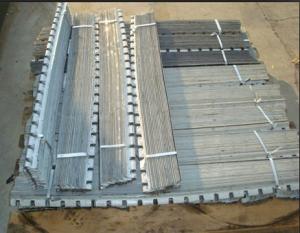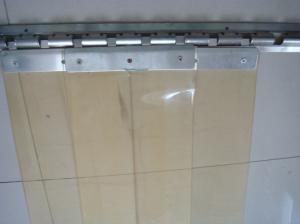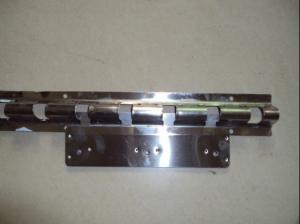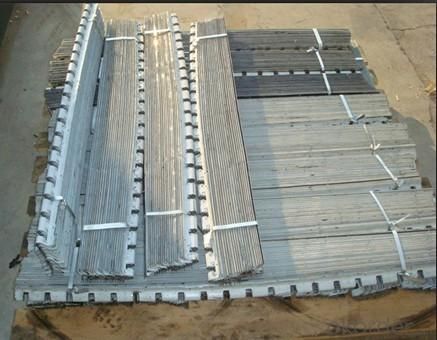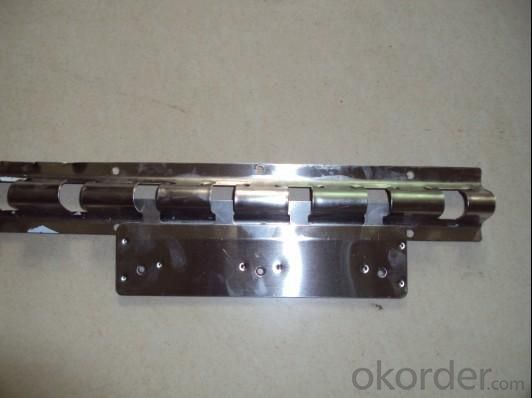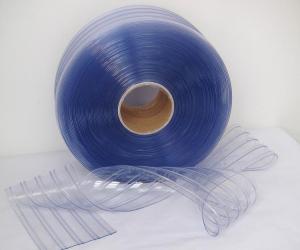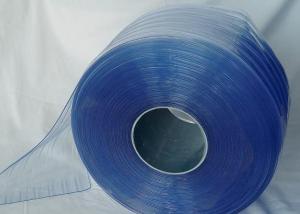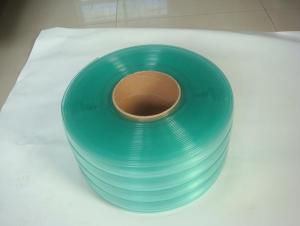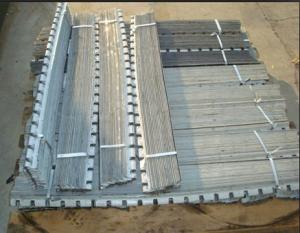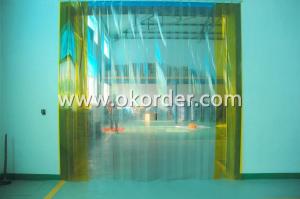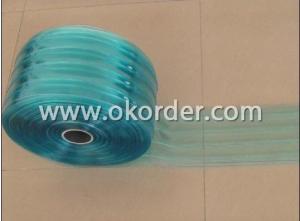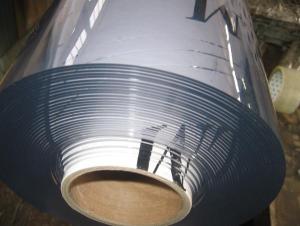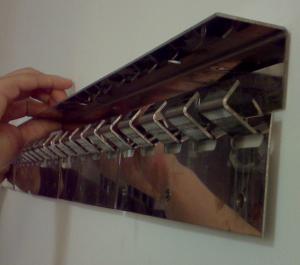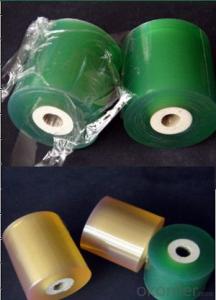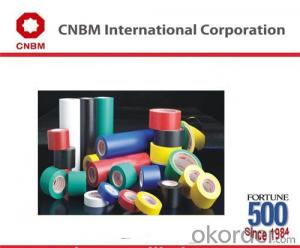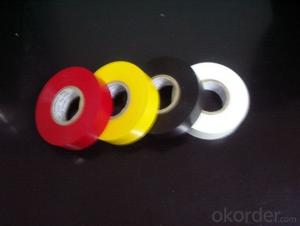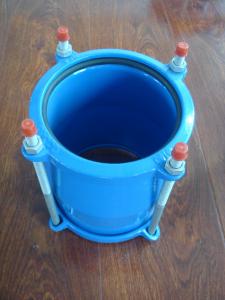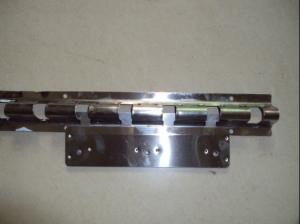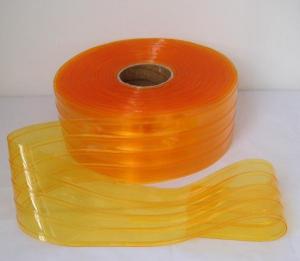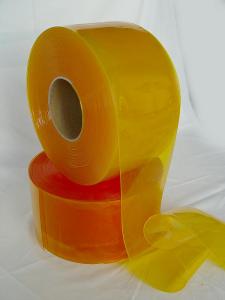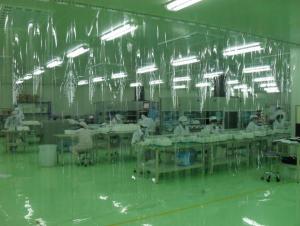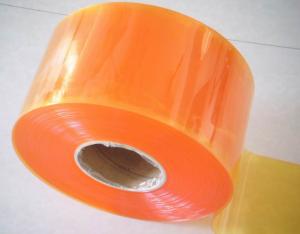Hanger&Clip Used for PVC Strips
- Loading Port:
- Tianjin
- Payment Terms:
- TT or L/C
- Min Order Qty:
- 100 Sets set
- Supply Capability:
- 5 Containers Per Month set/month
OKorder Service Pledge
OKorder Financial Service
You Might Also Like
Good Quality Hanger&Clip
Specifications of Good Quality Hanger&Clip
1. Rail Size: 1m(length)x25px(thickness)
2. Clip Size:
150mm(w)x1mm(t)
200mm(w)x1mm(t)
300mm(w)x1mm(t)
Material: SS201,SS304,G.I
Application:
Applications of Good Quality Hanger&Clip
One set of hanger include 3 ways
A. 1m rail, 8sets clips and 24 pcs screws, be applicable for 150mm and 200mm wide PVC strip
B. 1m rail, 6sets clips and 18 pcs screws, be applicable for 200mm and 300mm wide PVC strip
C. 1m rail, 4sets clips and 16 pcs screws, be applicable for 300mm and 400mm wide PVC strip
Package& Delivery of Good Quality Hanger&Clip
Wooden pallet,Carton box according to custom requires.
Installation of Good Quality Hanger&Clip
1.Cutting
Measure the size of door and cut the PVC strip curtain accordingly. Make sure the angle is 90 degree; Be carful with the cutter
2. Punch hole
a) Pushing holes in one side of PVC strip curtain
b) 200mm width door curtain need 3 holes
c) 300mm width door curtain need 4 holes
3. Install holders
a) Butt holders to the PVC strip with Screw.
b) Make sure the angle between strip and holders is 90 degree
4.Install hangers
Choose the best tool to punch hole according to the material of wall

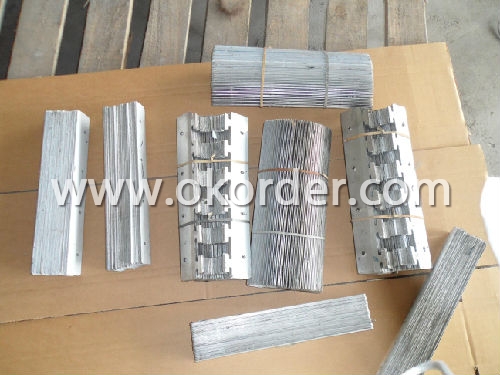
- Q: How do plastic parts in microwaves handle exposure to electromagnetic waves?
- Plastic parts in microwaves are designed to handle exposure to electromagnetic waves. They are typically made from heat-resistant and microwave-safe materials that can withstand the high temperatures generated by the microwaves. These plastics are also formulated to be non-reactive and non-absorbent to the electromagnetic waves, ensuring safe and efficient heating of food without any adverse effects on the plastic components.
- Q: Are plastic home appliances resistant to scratches or dents?
- Plastic home appliances are generally more prone to scratches and dents compared to appliances made of sturdier materials such as stainless steel or aluminum. However, the extent of their resistance can vary depending on the quality and thickness of the plastic used.
- Q: Can home appliances with plastic parts be used in outdoor or humid environments?
- No, home appliances with plastic parts are not suitable for outdoor or humid environments as the plastic may deteriorate or become damaged due to exposure to moisture and varying temperatures.
- Q: How do home appliance plastics impact the overall lifespan and durability of the appliance?
- Home appliance plastics play a crucial role in enhancing the overall lifespan and durability of appliances. These plastics are designed to be lightweight, resistant to moisture, heat, and chemicals, and have excellent mechanical strength. By incorporating durable plastics in appliance components, manufacturers can ensure a longer lifespan for the appliance, as they can withstand regular wear and tear, vibrations, and impacts. Additionally, plastics offer insulation properties that protect internal electrical components, minimizing the risk of damage or malfunction. Overall, the use of high-quality plastics in home appliances contributes significantly to their longevity and durability.
- Q: Are there any health concerns with plastic parts in electric toothbrush chargers?
- Yes, there might be potential health concerns with plastic parts in electric toothbrush chargers. Some plastics contain harmful chemicals like phthalates or bisphenol A (BPA), which can leach into the surrounding environment. These chemicals have been associated with various health issues such as hormone disruption, reproductive problems, and certain types of cancers. However, the risk of exposure to these chemicals from electric toothbrush chargers is generally low, as the contact with the plastic parts is limited. It is still advisable to choose chargers with high-quality plastics that are free from harmful chemicals to minimize any potential health risks.
- Q: How does the use of plastic in home appliances impact the overall maintenance requirements?
- The use of plastic in home appliances generally reduces the overall maintenance requirements. Plastic is a durable and lightweight material that is resistant to rust and corrosion, unlike metal components. It also offers flexibility in design, allowing for more intricate and efficient appliance structures. Additionally, plastic parts are often easier and cheaper to replace, leading to lower maintenance costs. However, it is important to note that the quality of the plastic used can vary, and low-quality plastics may be more prone to wear and tear, requiring more frequent maintenance.
- Q: What are the main challenges in recycling plastic parts from home appliances?
- One of the main challenges in recycling plastic parts from home appliances is the variety of plastic types used in their manufacturing. Different types of plastic require different recycling processes, making it difficult to effectively sort and recycle these parts. Additionally, the presence of other materials such as metals and electronics further complicates the recycling process. Furthermore, the lack of awareness and infrastructure for proper collection and recycling of these appliances poses a significant challenge in recycling plastic parts from home appliances.
- Q: Can plastic home appliances be easily operated and controlled?
- Yes, plastic home appliances can be easily operated and controlled. The use of plastic in the manufacturing of appliances allows for lightweight and user-friendly designs. Additionally, the incorporation of modern technologies and intuitive control interfaces further enhances the ease of operation for users.
- Q: Are plastic home appliances resistant to vibration or shaking?
- Yes, plastic home appliances are generally designed to be resistant to vibration or shaking. The use of durable materials and design elements helps to minimize the impact of vibrations and ensure the stability and functionality of the appliances.
- Q: Can plastic parts in electric fans withstand constant use without breaking?
- Yes, plastic parts in electric fans are designed to withstand constant use without breaking. They are made from durable and high-quality materials that are specifically chosen to ensure longevity and resistance to wear and tear. However, the lifespan of plastic parts can vary depending on the quality of the fan and the specific usage conditions. Regular maintenance and proper care can help extend the lifespan of the plastic parts in electric fans.
1. Manufacturer Overview
| Location | Hebei, China |
| Year Established | 1995 |
| Annual Output Value | Above US$ 50 Million |
| Main Markets | 15.00% Mid East 10.00% Northern Europe 10.00% North America 30.00% Eastern Asia 10.00% Africa 9.00% Eastern Europe 8.00% Southeast Asia 3.00% Oceania 3.00% Western Europe 2.00% Southern Europe |
| Company Certifications | ISO 9001 |
2. Manufacturer Certificates
| a) Certification Name | |
| Range | |
| Reference | |
| Validity Period |
3. Manufacturer Capability
| a) Trade Capacity | |
| Nearest Port | Tianjin; Qingdao; Shagnhai; Guanghzou |
| Export Percentage | 41% - 50% |
| No.of Employees in Trade Department | 21-50 People |
| Language Spoken: | English; Chinese |
| b) Factory Information | |
| Factory Size: | Above 100,000 square meters |
| No. of Production Lines | Above 5 |
| Contract Manufacturing | OEM Service Offered; Design Service Offered |
| Product Price Range | High; Average |
Send your message to us
Hanger&Clip Used for PVC Strips
- Loading Port:
- Tianjin
- Payment Terms:
- TT or L/C
- Min Order Qty:
- 100 Sets set
- Supply Capability:
- 5 Containers Per Month set/month
OKorder Service Pledge
OKorder Financial Service
Similar products
Hot products
Hot Searches
